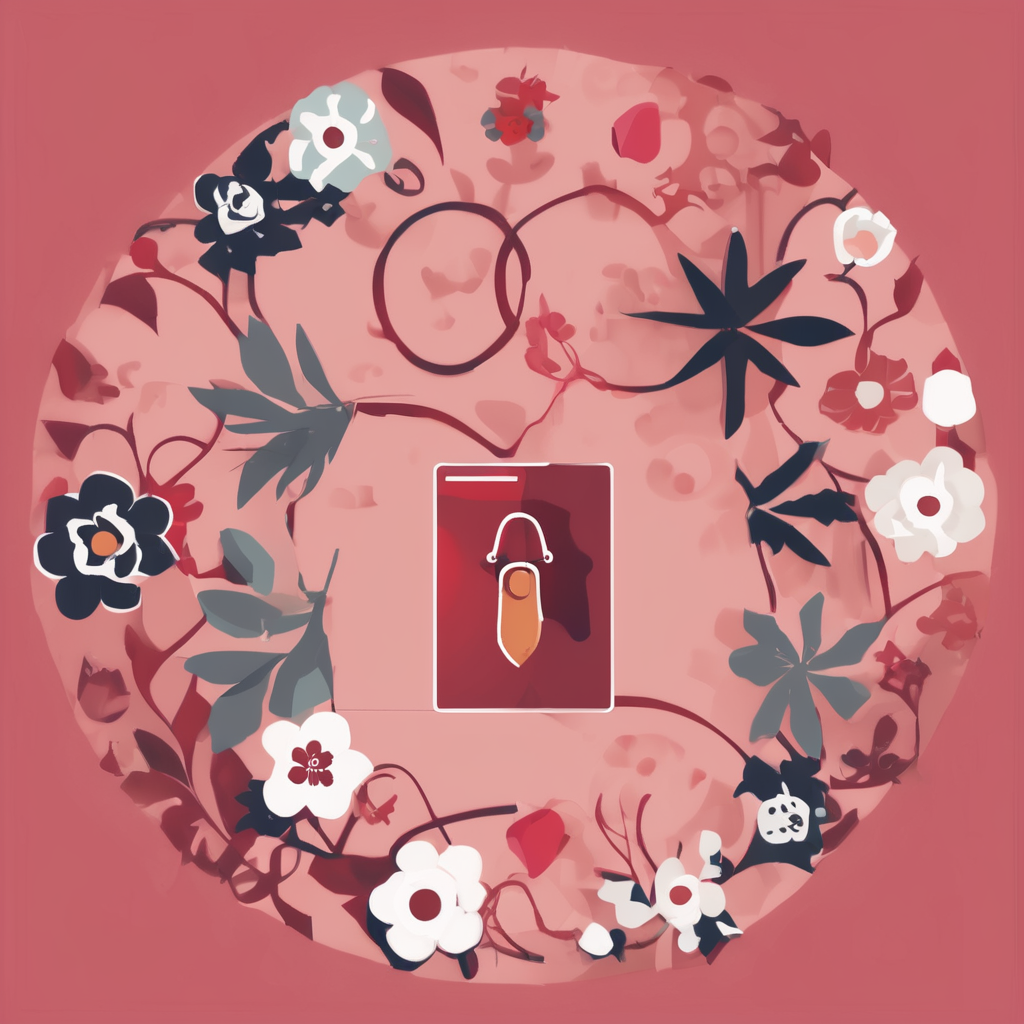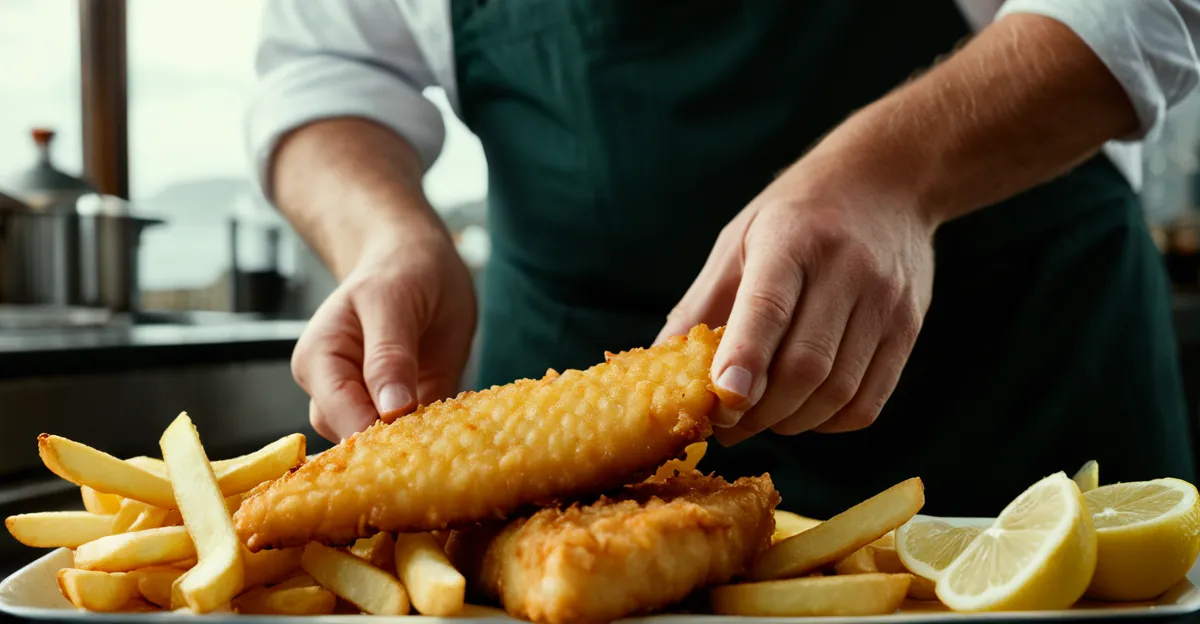Essential Ingredients and Equipment for Authentic Fish and Chips
Selecting the right fish and chips ingredients is crucial to capturing the traditional British flavour. Popular traditional fish types include cod, haddock, and pollock. Cod is prized for its firm texture and mild flavour, making it ideal for frying. Haddock offers a slightly sweeter taste, and pollock serves as a budget-friendly alternative without compromising quality. Using fresh, high-quality fish ensures a superior dish.
For the chips, starchy potatoes like Maris Piper or King Edward are preferred due to their ability to yield crispy exteriors and fluffy interiors. The batter requires simple yet essential ingredients: plain flour, cold water or beer, and a pinch of baking powder for lightness.
Also to discover : What are the key ingredients for a traditional English breakfast?
Regarding kitchen tools, a deep fryer or heavy-bottomed pan with a thermometer is essential to maintain consistent oil temperature, crucial for perfect frying. A slotted spoon or wire rack lets excess oil drain, keeping the fish and chips crisp. Sharp knives and a sturdy peeler simplify prepping fish and potatoes, ensuring uniform cuts for even cooking. Investing in these tools elevates your fish and chips experience considerably.
Preparing the Fish: Cleaning, Cutting, and Seasoning
Proper how to prep fish begins with thorough cleaning and accurate filleting techniques. Filleting the fish into uniform portions is crucial; it ensures even frying and a consistent texture throughout each piece. Using a sharp knife, remove bones carefully while preserving the delicate flesh.
Have you seen this : How can you make a hearty and satisfying Scotch broth?
Seasoning for fish and chips typically involves simple but effective flavours such as salt, white pepper, and sometimes a hint of lemon zest. This enhances the natural flavour of the traditional fish types used, like cod or haddock, enriching the authentic British taste without overpowering it. Seasoning before battering prevents blandness and intensifies the overall experience.
Drying the fish properly is an often overlooked step but vital for a perfect batter coat. Gently pat the fillets dry with kitchen paper to remove moisture, which could otherwise cause the batter to slip off or become soggy during frying. This dry surface ensures the fish and chips batter recipe adheres well, producing a crisp, inviting crust. Mastering these preparation steps forms the foundation for a truly satisfying fish and chips dish.
Crafting the Perfect Batter
Creating an authentic fish and chips batter recipe hinges on a delicate balance of simple ingredients and precise technique. The base typically includes plain flour, cold water or beer, and a pinch of baking powder to introduce lightness. Beer adds subtle flavor while improving crispiness due to carbonation.
Achieving a crispy batter begins with mixing components just enough to combine; overmixing activates gluten, resulting in a denser coating. The batter should remain slightly lumpy to ensure an airy texture once fried. Resting the batter for 20–30 minutes helps the flour hydrate fully, contributing to a superior crust.
Temperature control is critical; the oil must stay between 180–190°C (356–374°F) for perfect frying. If too cool, the batter absorbs excess oil and turns soggy; too hot, and the exterior burns before the fish cooks through. Using a thermometer as part of your kitchen tools guarantees accuracy.
By mastering these steps—right ingredients, gentle mixing, batter resting, and strict temperature control—you ensure a crisp, golden batter that defines traditional fish and chips.
Traditional Chips: Selection, Cutting, and Pre-Frying
Choosing the best potatoes for chips is key to authentic fish and chips. Starchy varieties like Maris Piper or King Edward are ideal due to their high starch and low moisture, which yield a crisp exterior and fluffy interior. These types absorb less oil and hold their shape well during frying.
Hand-cutting chips into thick, uniform pieces ensures even cooking and the signature hearty texture. Cutting too thin risks burning; too thick results in undercooked centers. After cutting, soaking the chips in cold water removes excess starch, preventing clumping and promoting crispiness once fried.
Pre-frying, also known as blanching, partially cooks the chips at a lower temperature (around 130–150°C). This step is essential to soften the interior without colouring the potato. After draining and cooling, a second frying at a higher temperature (180–190°C) produces a golden, crunchy finish.
Proper preparation and pre-frying techniques transform simple potatoes into traditional chips with a fluffy inside and crisp outer shell—hallmarks of classic British fish and chips.


